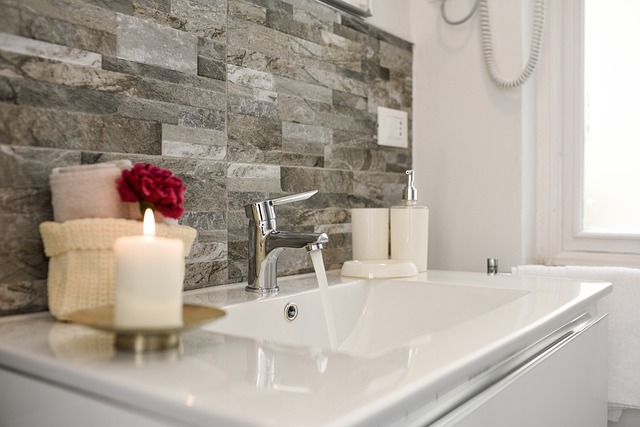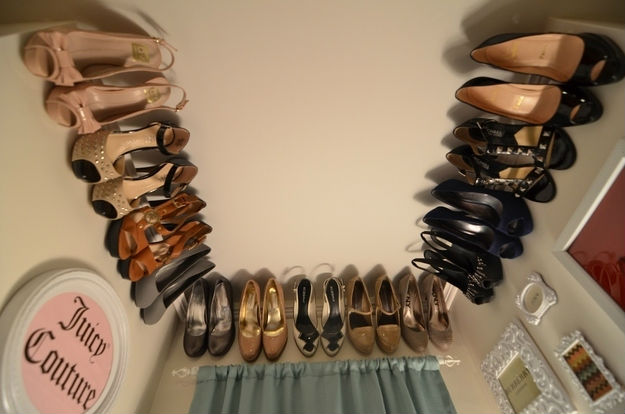Are you embarking on a new home build? Are you thinking about renovating your home, starting with the bathroom? Each of these projects has its fair share of complications and a set list of things to do. One of these critical components is plumbing. You can’t overlook plumbing when talking about a new home build or renovating a bathroom. The term rough in plumbing simply means installing plumbing pipes and drain lines for the functionality of sinks, tubs, toilets, and showers. Pipes are run through wall studs and other framing materials. The goal of this service is to ensure plumbing pipes are safely routed, secured, and meet the demands of water and drain lines.

Before starting any project, a design will need to be drawn up. Whether you’re working with an interior designer, plumbing company, or general contractor, the design is critical to how the layout of your plumbing will be installed. Putting a toilet at the opposite end of the room will require a drain line to run from that area, connected to your septic or sewer.
When Is A Bathroom Rough-In Performed?
You might think that rough-in plumbing is done for light remodels, but you would be incorrect. This type of plumbing will take your walls down to bare beams. The drywall cannot be up, and your plumber needs complete access to the above, below, and the walls to run pipes correctly. That makes this service ideal for complete bathroom renovations, and new home builds. During a renovation, you may be removing the flooring, which is a great opportunity to address drain line problems.
What Is Included For Rough-in Plumbing?
Will a rough-in plumbing service include your fixtures being installed? You might think that it Is an all-inclusive service for your bathroom renovation and new installation, but that is not the case. Roughing in the plumbing only lays the groundwork for fixture installation. This is a separate service altogether. Remember, a plumbing renovation and rough-in, as well as a remodel, are completely different concepts. This tip can go a long way when reaching out to a contractor to clarify the scope of the job.
What Is The Typical Cost?
Now that you got a handle on when rough in plumbing is done and when it isn’t, what can you expect from the bill? This is perhaps the burning question on every homeowner’s mind. Cost. It plays a huge role in the total project cost and likely who you will use as a contractor. It is possible to get job estimates from a plumbing company. We recommend you get a few. But regardless of who you hire, the national average for roughing in a bathroom is $7,000. That is just an average. It can vary based on location, size of your bathroom, etc. Let’s take a look at some of those factors that could influence the overall cost.
Piping Material
There are three common plumbing pipes used today. These include copper, PEX, and CPVC. Each of these offers unique advantages and disadvantages and comes at its own price point. Opting for copper piping, you’ll have a durable material that is corrosion-resistant. Homeowners can expect at least 50 years of operation out of copper piping. You can expect the average cost of copper piping to be $3 to $8 per linear foot. This may not seem that bad, but if you have a larger bathroom or need to run pipes further, the cost can certainly add up.
PEX piping is a flexible pipe. It uses fewer connectors than copper piping and has one significant advantage. PEX piping stands up better against freezing temperatures. Additionally, it is more affordable. PEX piping averages out to 40 cents to $2 per linear foot.
Last, CPVC pipes are a top favorite for plumbers. These are corrosion-resistant, withstand heat pretty well, and tolerate water pressure. It also has a good mid-cost of $0.50 to $1 per linear foot.
Labor Charges
Every plumbing contractor will charge a different rate for the labor. But it is a standard charge on most bills. You can be charged by the hour or by the task performed. Most plumbers per for a by-the-hour rate. Most plumbers will charge between $50 to $200 per hour.
Do You Have More Than One Bathroom?
Your project cost could go up if you need more than one bathroom roughed in for a new home build. If you plan on having two bathrooms installed, it could cost upwards of $6,000 added to the bill. You may find that your plumber reduces the cost of additional bathrooms slightly.
How Many Fixtures?
At a basic level, what needs to be installed in a full bathroom? There will need a sink, tub or shower, and a toilet. Each of these fixtures will have an additional cost. Running plumbing pipes for a sink includes a cold and hot water line as well as a drain line. The drain line for the toilet is slightly different, and the cost will go up accordingly. Moving a toilet drain line is also more difficult.
Pairing Rough-in Plumbing With Fixture Installations
Once all the plumbing pipes are run behind the walls and have been inspected and cleared by the city, work can be done to install the fixtures, flooring, and drywall. Hiring a plumbing contractor certainly has its benefits in this regard. They can move right from roughing in your plumbing pipes to installing fixtures. The cost of these services will vary again based on the contractor and what fixtures need to be installed.
Final Thoughts
Hiring Topeka plumbers to perform rough-in plumbing for your bathroom remodel or new home is an excellent choice. DIY can quickly become overwhelming for any homeowner, especially if your skill level isn’t as high or you are unaware of codes in your area. You may also find that your insurance won’t cover work done by yourself, only by a licensed professional. For example, if water damage were to occur in your home due to a plumbing pipe you installed, your homeowner’s policy might not cover it. Is it worth the risk?






